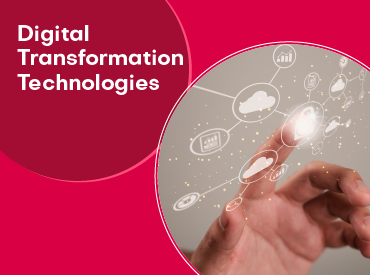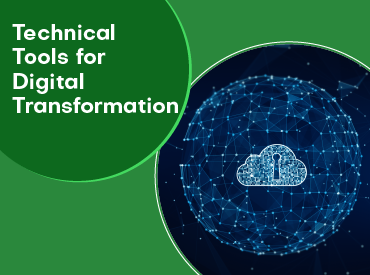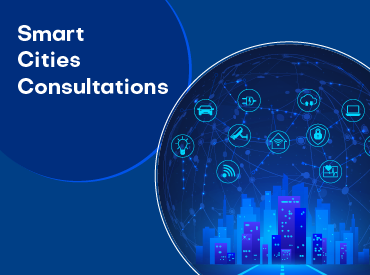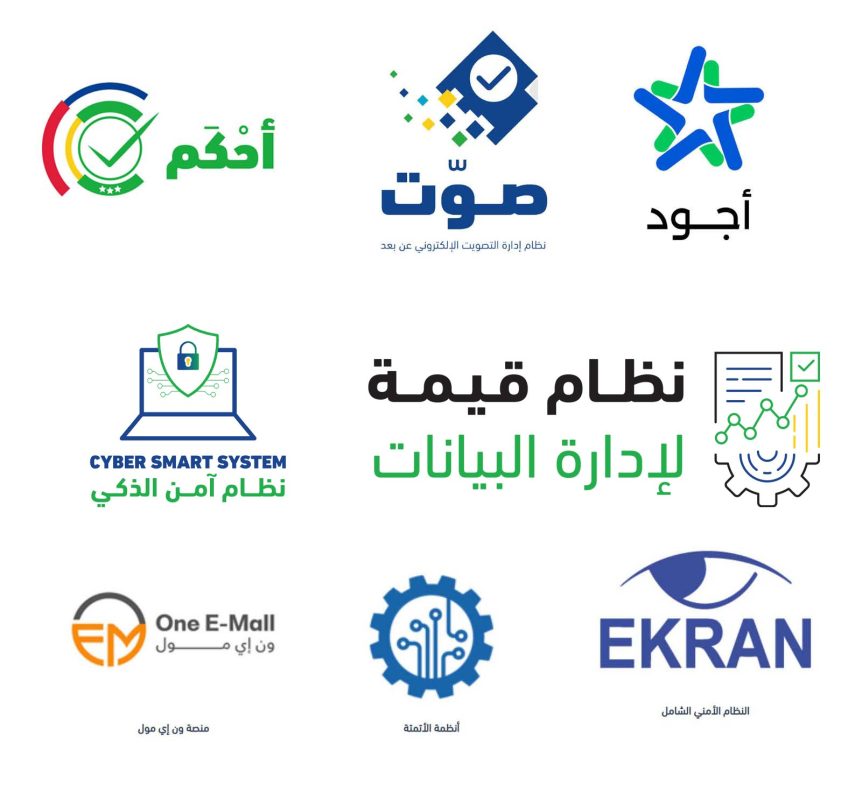
In the rapidly evolving world of technology, the Raspberry Pi 5 is one of the most significant innovations that has transformed the standards of computing, technology, education, programming, and beyond.
This device is the smallest and most affordable computer available on the market, making it ideal for students and developers with its unique capabilities, tools, and versatile applications.
So, what is the Raspberry Pi 5? What makes it stand out? And what are its critical usages? Let’s explore these questions in the following sections.
What is the Raspberry Pi 5?
The Raspberry Pi 5 is a small, affordable computer designed primarily for educational purposes, but it has since found various applications.
What sets this device apart is its competitive price, starting at around $50 for the latest versions, making it an outstanding budget-friendly option.
You can widely use it for learning programming, building tech projects, and even running artificial intelligence and robotics applications.
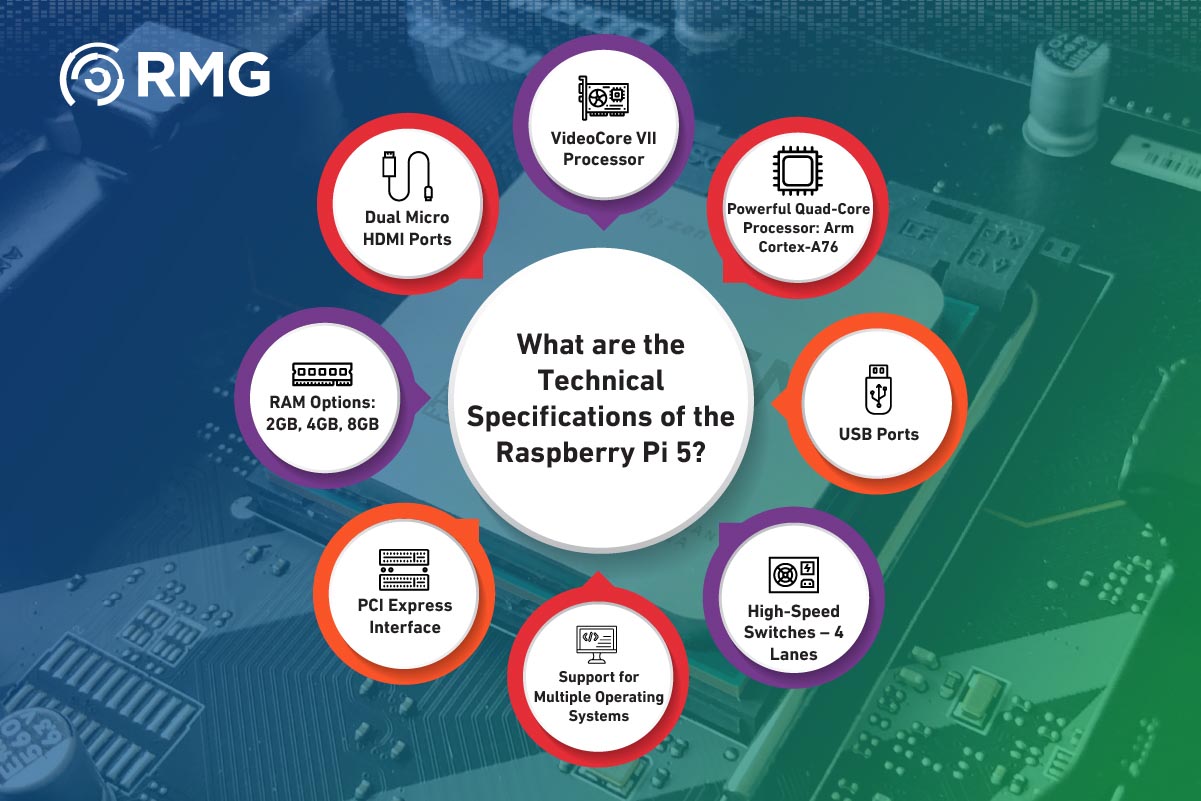
Technical Capabilities of the Raspberry Pi
Despite its small size, the Raspberry Pi has impressive capabilities and tools. Here’s a brief overview of its key features:
- Powerful Processor: It features a quad-core Arm Cortex-A76 processor with a frequency of up to 2.4 GHz, enabling the smooth operation of various applications. This processor offers 2 to 3 times the performance of the Raspberry Pi 4.
- VideoCore VII Processor: Enhances visual performance with a speed of 800 MHz.
- Connectivity Options: It includes dual Micro HDMI ports for connecting two displays and USB ports for connecting a mouse and keyboard. It also supports internet connectivity via Wi-Fi and Bluetooth and an Ethernet port for wired internet access.
- RAM Options: Available with 2GB, 4GB, or 8GB of RAM, depending on the user’s needs.
- High-Speed Switches – 4 Lanes: The device is supported by a pair of high-speed 4-lane switches at 1.5 GB/s, tripling the total bandwidth and allowing support for two cameras or two displays.
- PCI Express Interface: A single-lane PCIe interface provides support for high-frequency devices.
- Operating System Support: It can run multiple operating systems, including the official Raspbian OS or Windows 10 IoT, which supports smart city and smart home applications.

The Critical Usages of the Raspberry Pi
In addition to being an educational tool, you can use the Raspberry Pi in various fields that heavily rely on advanced technologies. Here’s a brief overview of some of its applications:
- Robot Programming: It serves as the brain behind robots that perform complex tasks.
- Smart Homes and Cities: They play a significant role in some applications, such as controlling lighting, heating, and security systems.
- Smart Agriculture: It can be connected to moisture sensors to monitor and analyze soil conditions, automatically operating irrigation systems based on the collected data.

Technological Innovation and the Importance of the Raspberry Pi 5 in Education
The Raspberry Pi 5 has revolutionized educational computing with its ease of use, flexibility, and wide range of capabilities. It has become an essential tool in innovation labs, as well as small and large companies alike.
This device has opened new horizons for innovators and engineers worldwide, like developing artificial intelligence applications to managing smart city’s infrastructure.
The Raspberry Pi is a powerful educational tool that significantly develops programming and engineering skills among students and educators alike. Its simple design and low cost have made it easy for educational institutions globally to incorporate it into their curricula.
This device enables students to learn popular programming languages like Python and is also used in robotics and artificial intelligence applications. Additionally, the Raspberry Pi fosters creative thinking and problem-solving by allowing students to execute real-world tech projects, such as building intelligent systems or custom robots.
One of its benefits is that it is an open-source platform, which allows students and educators to develop advanced projects without requiring massive investments in hardware. This feature makes it ideal for schools, universities, and training programs focused on STEM (science, technology, engineering, and mathematics).
Furthermore, you can integrate the Raspberry Pi into innovation labs, where students can experiment and build tech solutions to address real-world challenges. This hands-on learning approach prepares them for an advanced digital future.
Overall, the Raspberry Pi 5 remains a technological breakthrough in educational and industrial computing. With its accessibility and affordability, it has become the perfect tool for teaching programming, developing applications, and creating technological innovations. Whether you are a student learning to code or a professional seeking innovative solutions, the Raspberry Pi is the ideal choice for anyone looking to explore the digital future.




